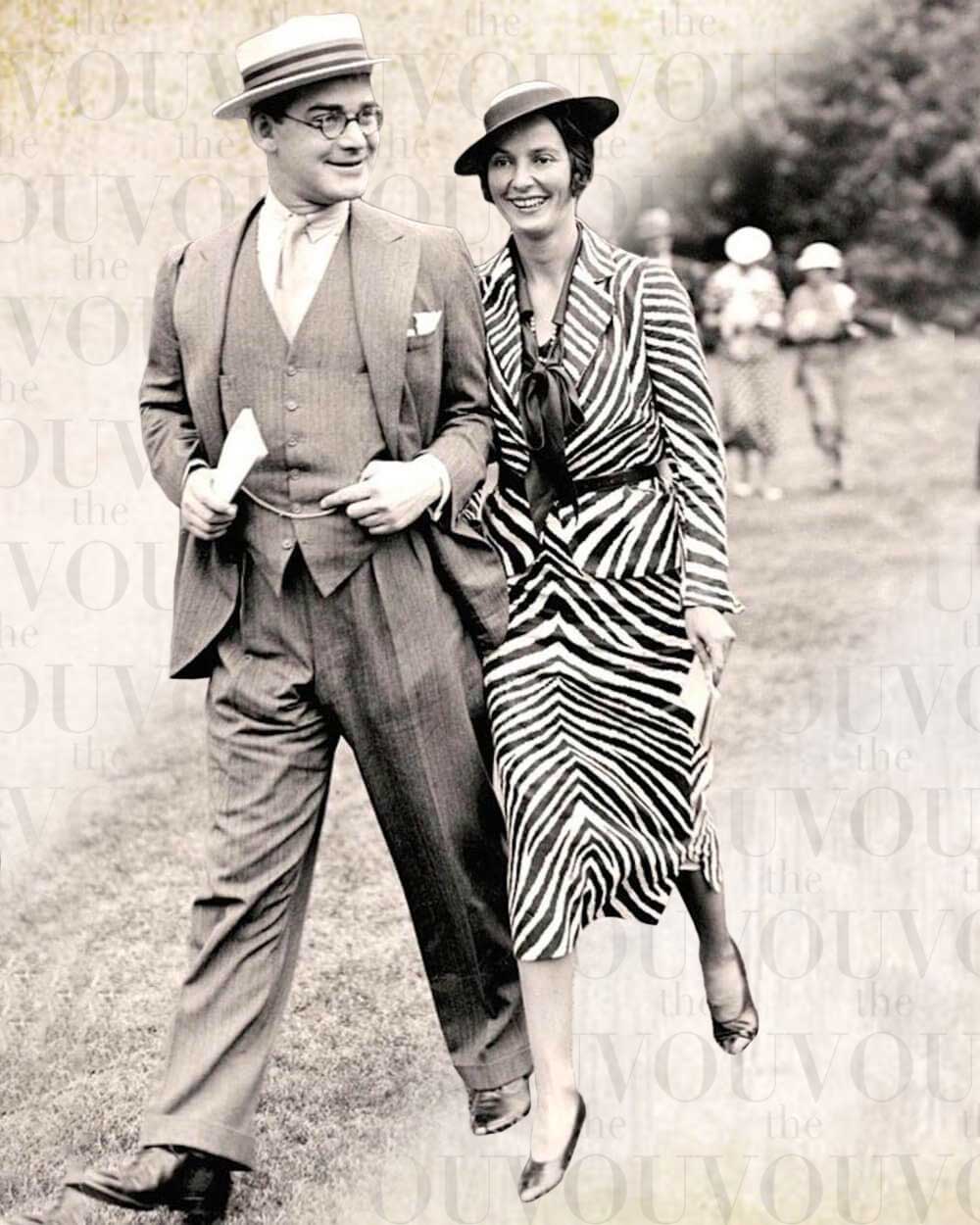What Is Considered Vintage In Fashion? Vintage Vs. Retro Vs. Antique Explained
While vintage fashion is on-trend right now, there’s a lot of confusion around what is considered vintage in fashion vs. retro clothing and antiques.
For the last two years, I’ve been running my own vintage clothing store in London, the fashion capital of the world, and one of the most asked questions is, “what is the true meaning of vintage?”.
In this article, I’ll define vintage fashion and compare it with retro and antique, the two other popular terms used interchangeably with vintage.
Then, at the end of the article, I’ll share 8 decade-defining vintage styles from the 1920s to the 90s.
Let’s dive into it.
What is Vintage?
Vintage is any object, such as clothing and jewelry, that belongs to a previous era or social period, at least 20 years old but not older than 100 years.
Also, particularly in fashion, for an item to qualify as vintage, it must comprise stylistic elements relevant to the trends of those times.

Nevertheless, the item’s age plays a vital role in distinguishing between ‘vintage,’ ‘retro,’ and ‘antique’ – terms that are often used interchangeably by mistake.
Also, the age of the item is used to determine the price, together with the item’s condition and its rarity.
In the following sections, we delve more into what vintage means in fashion and explain the differences between the three terms mentioned above.
What is Vintage in Fashion?
Speaking to Vogue in 2017, Anna Wintour explained that the term ‘vintage fashion’ refers to pieces made between the last 20 to 99 years.
“The ‘vintage’ tag can be appended to pieces of at least 20 years old. However, only if these articles showcase characteristics associated with that era”
said Anna Wintour, Vogue’s editor-in-chief.
Wintour went on to say that the term vintage clothing, in the case of designer pieces, often implies collectability.
For example, a pair of sunglasses made in 1985 that looks no different from a pair made in 2022 is, technically, vintage.
However, you can’t refer to these glasses as “80s vintage” if the style is not reflecting any of the defining design elements of that era.
Exploring the primary definition of ‘vintage’ can shed more light on the subject.
Vintage Vs. Antique
An item of clothing, piece of jewelry, furniture, or artwork that’s at least 100 years old is described as an ‘antique.’
However, the age of any piece marketed as an antique must be verifiable.
For example, if you’re selling an item as an antique, but you cannot verify its age, it is safer to refer to it as ‘vintage.’
Vintage Vs. Retro
The term ‘retro’ describes clothing, shoes, and accessories inspired by (copies of) older designs but made in the last 20 years.
Retro fashion is usually more affordable than vintage clothing or antique haute couture and tends to be more functional.
Contemporary retro garments do not have to be exact copies of designs from past eras.
It is enough to be made in the style of the item that inspired it.
For example, a dress inspired by a garment worn by a flapper in the 1920s but made only five years ago is considered retro.
On the other hand, the flapper’s original dress, made in the 1920s, can be called vintage.
Furthermore, a 19th-century diamond brooch that belonged to your great-great-grandmother can be considered an antique.
Vintage as a Style or Aesthetic
Vintage can also refer to a style or aesthetic, referring to items, designs, or fashion trends originating from a previous era.
It is a common practice among fashion designers to use “vintage” stylistic elements in their contemporary collections.
One of the most recent – and striking – examples of contemporary fashion lines inspired by vintage looks was Alessandro Michele‘s Gucci men’s collection for Fall/Winter 2020-2021.

When the designer was asked, “Why the retro immersion?” he replied:
“The embodiment of retro and vintage stylistic elements was intentional, aiming to raise interest by creating collectability value. Moreover, given the indirect association to second hand clothes, vintage clothing is seen as a sustainable form of consumption.”
Decade-Defining Vintage Looks
Every decade sees an array of styles; however, only a few become famous and influential enough to become part of the look that defines that era.
Here are a few examples of popular vintage fashion styles from the 1920s to the 1990s.
1920s

1930s

1940s

1950s

1960s

1970s

1980s

1990s

FAQs
What is Considered Vintage?
Any object representing a previous era or social period, at least 20 years old but not older than 100 years, can be considered vintage.
How Many Years Old is Vintage?
The word vintage means “of age.” According to top antique dealers, for an item to be considered vintage, it must be at least 20 years old but not older than 100 years.
For example, to consider an item as vintage in 2022, it must have been made between 2002 and 1922.
What is an Example of Vintage?
Any item older than 20 years (but not older than 100 years) can be considered vintage; however, the most appreciated vintage items are cars, watches, wines, furniture, and clothes.
What is Vintage Vs. Retro?
Vintage refers to an item of a minimum age of 20 years, while retro new items (less than 20 years) with an appearance and design that belong to the past.
Weekly Newsletter
Keep up with the latest in fashion, beauty and style!
source https://thevou.com/fashion/what-is-vintage/
Comments
Post a Comment